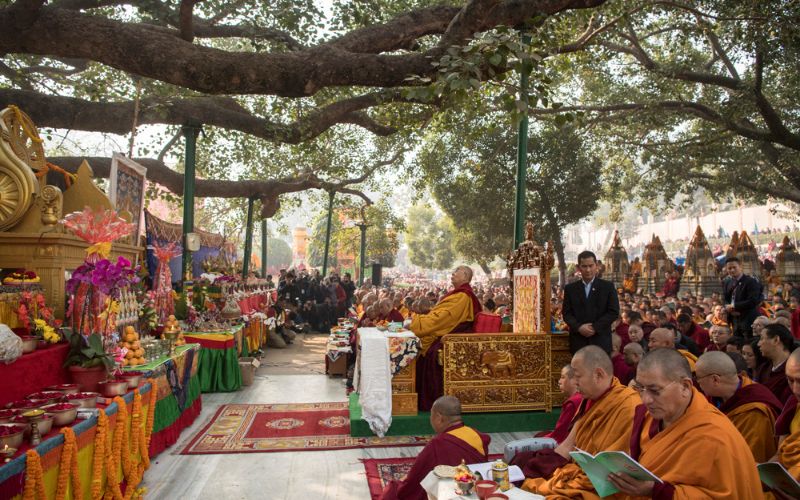
Figure 1: HH Dalai Lama at Bodhgaya. Photo by Manuel Bauer
This excerpt has been taken from 'This Fragile Planet: His Holiness the Dalai Lama on Environment' which features 80 inspiring quotations from His Holiness the Dalai Lama on the environment, matched with 120 eye-catching photos and visuals from a dozen professional photographers - all carefully curated and edited by Tibet expert Michael Buckley. You can place an order for the book online here. )
His Holiness the 14th Dalai Lama is a global spiritual icon, renowned for his tireless efforts promoting world peace, religious tolerance and secular ethics. Not so well known is his strong environmental activism. His Holiness has been a keynote speaker at many environmental conferences and discussions. These events have ranged from the groundbreaking Human Survival Conference, in Oxford, UK, 1988, which brought together leaders from many fields to discuss solutions to worldwide environmental problems — to the April 2021 virtual gathering of Nobel Laureates, scientists, policy-makers and youth leaders called Our Planet, Our Future.
One of his key lifelong commitments is to preserve Tibet’s unique environment and culture. In fact, the Dalai Lama’s 1989 Nobel Peace Prize was the first ever awarded on the basis of environment preservation. He proposed turning the vast region of Tibet—the size of Western Europe into a zone of peace and a special nature reserve—the largest protected area on earth.
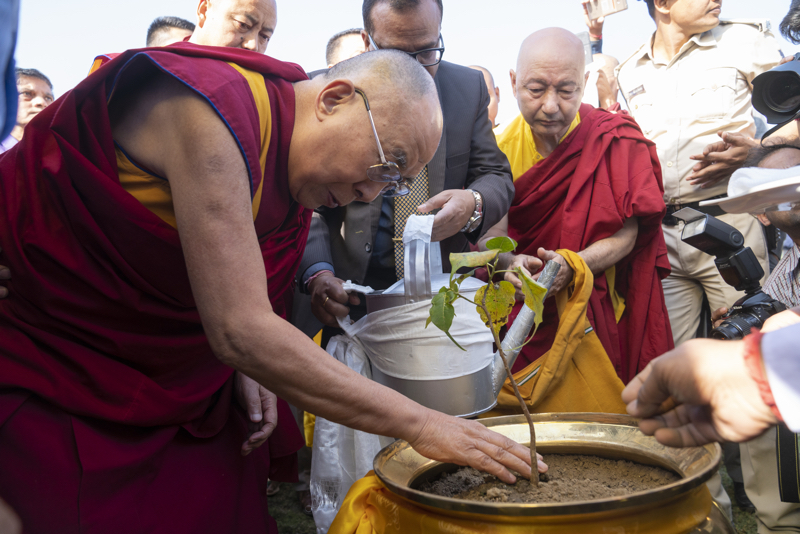 Figure 2: Tenzin Choejor/ OHHDL
Figure 2: Tenzin Choejor/ OHHDL
The Chinese occupiers of Tibet ignored this bold vision. Instead, they have desecrated the Land of Snows—blocking the major rivers of Tibet with megadams, turning the vast grasslands into desert with extensive mining, and cutting down all the old-growth forest of eastern Tibet. An ecological disaster under Chinese rule.
“My homeland now has major environmental problems. The reason the ecological problems are so serious is because Tibet is the upland that is the source of all the great rivers of Asia such as the Brahmaputra, the Yellow River, the Ganges, and the Mekong. And if this area is contaminated, that has negative consequences for two billion people.”
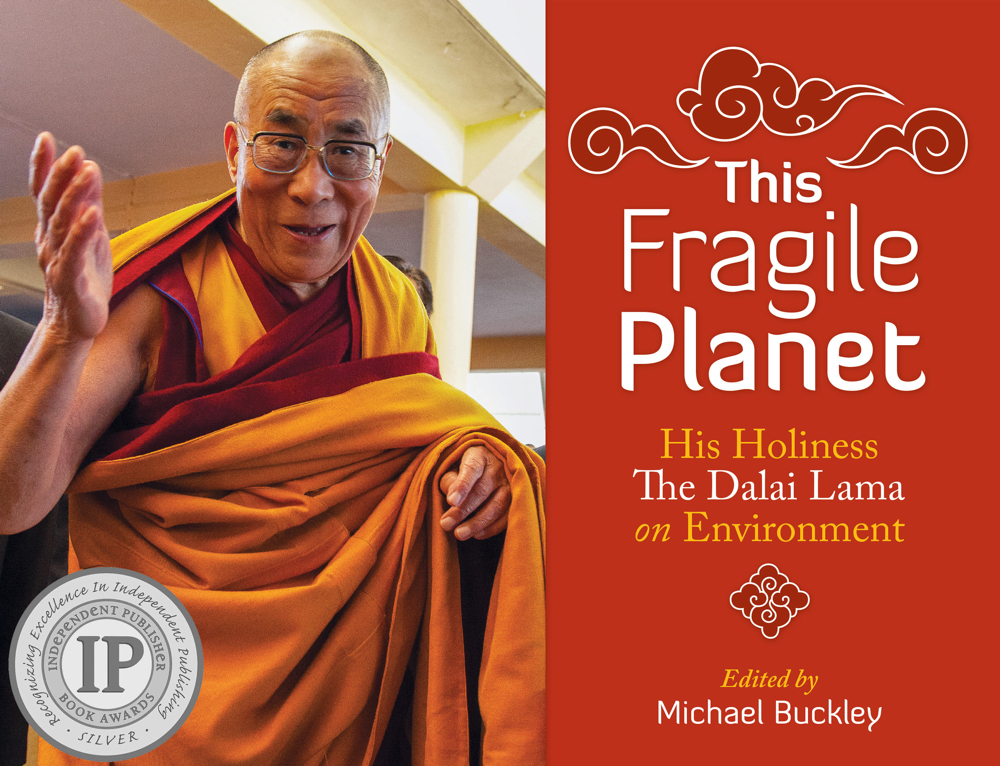 Figure 3: This Fragile Planet
Figure 3: This Fragile Planet
The photos shown here and the quotes cited in this article are all excerpted from: This Fragile Planet: His Holiness the Dalai Lama on Environment, edited by Michael Buckley, published by Sumeru Books, Canada, September 2021. The book comprises 120 full-colour pages, showcasing 80 inspirational quotes from His Holiness matched to over 120 eye-catching photos from a dozen professional photographers.
His Holiness brings forward an ethical approach for climate-change solutions. Secular ethics. Most proposed solutions are long on science, but short on ethics. According to the Dalai Lama:
“Destruction of nature and natural resources results from ignorance, greed and lack of respect for the earth’s living things...”
So what can the ancient faith of Tibetan Buddhism contribute to the modern problem of climate chaos? Quite a lot of relevance, in fact. Tibetan Buddhism holds nature and all sentient beings in great respect:
“For over 1,000 years we Tibetans have adhered to spiritual and environmental values in order to maintain the delicate balance of life across the high plateau on which we live. Inspired by the Buddha’s message of non-violence and compassion and protected by our mountains, we have sought to respect every form of life, while our neighbors lived undisturbed. “
Outside of the Arctic and Antarctic, the Tibetan plateau holds the largest store of ice, glaciers, snowpack and permafrost on earth. And this acts as a vital refrigerator for the planet, as well as providing something that the Arctic and Antarctic cannot: the Tibetan plateau feeds into major freshwater rivers.
“This blue planet is our only home and Tibet is its roof. As vital as the Arctic and Antarctic, it is the Third Pole. The Tibetan Plateau needs to be protected, not just for Tibetans but for the environmental health and sustainability of the entire world.”
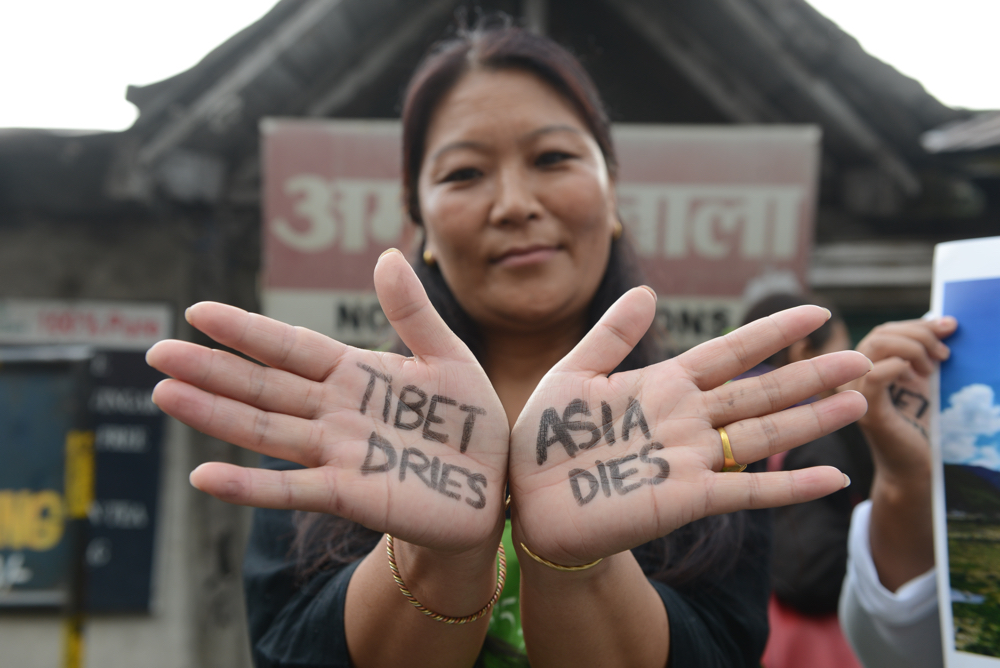 Figure 4: Lobsang Wangy
Figure 4: Lobsang Wangy
Like the Arctic and the Antarctic, the Third Pole has no representation at international climate-change conferences. Missing part of the conversation but a crucial piece of the puzzle. Because what happens in Tibet affects up to 2.5 billion people in the nations downstream—which is around a third of all humanity.
In 1993, His Holiness penned a 30-stanza poem titled The Sheltering Tree of Interdependence. It was published in the original Tibetan, along with an English translation, to mark the 1993 opening in New Delhi of the International Conference on Ecological Responsibility: A Dialogue with Buddhism. Here is one stanza about trees, which is of poignant relevancy to Tibet as much of the old-growth forest of eastern Tibet was clear-cut by rapacious Chinese companies:
“We needlessly pollute
The fair bosom of our mother earth
Rip out her trees to feed our short-sighted greed
Turning our fertile earth into a sterile desert”
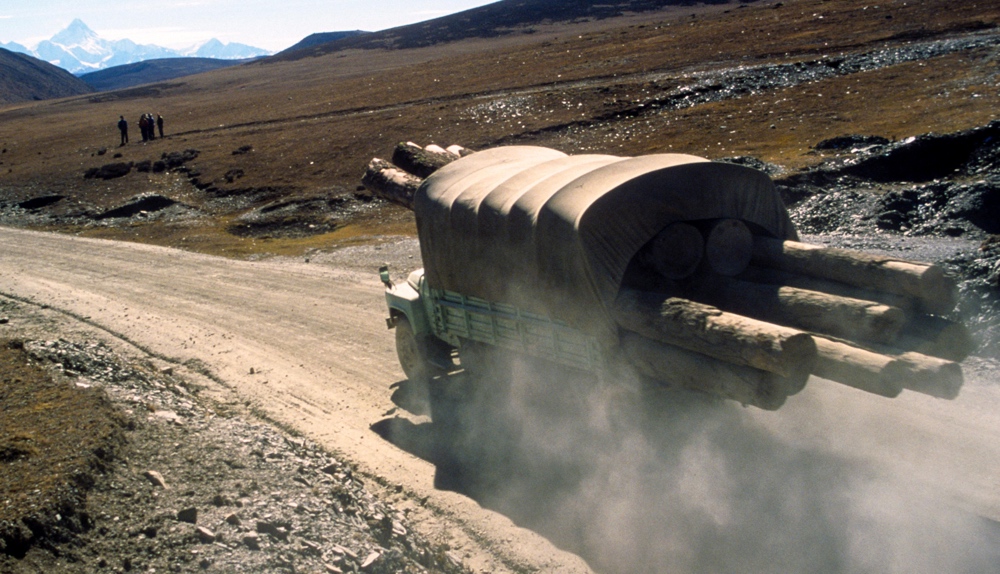 Figure 5: Chinese logging truck in eastern Tibet. Photo by Pat Morrow
Figure 5: Chinese logging truck in eastern Tibet. Photo by Pat Morrow
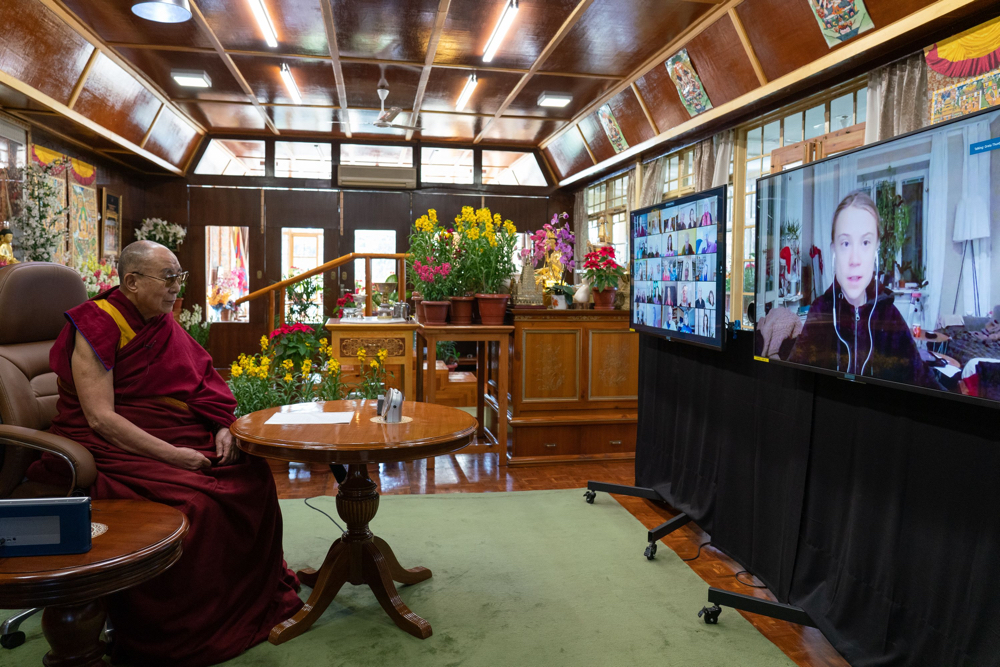 Figure 6: HH Dalai Lama and Greta Thunberg meet online. Photo by Tenzin Choejor
Figure 6: HH Dalai Lama and Greta Thunberg meet online. Photo by Tenzin Choejor
His Holiness has repeatedly called for urgent action on pressing climate issues, especially appealing to youth:
“Taking care of our planet is a matter of looking after our own home. We can no longer exploit the earth’s resources--the trees, water, air and minerals--with no care for coming generations. I support young people’s protests at governments’ inaction over the climate crisis.”
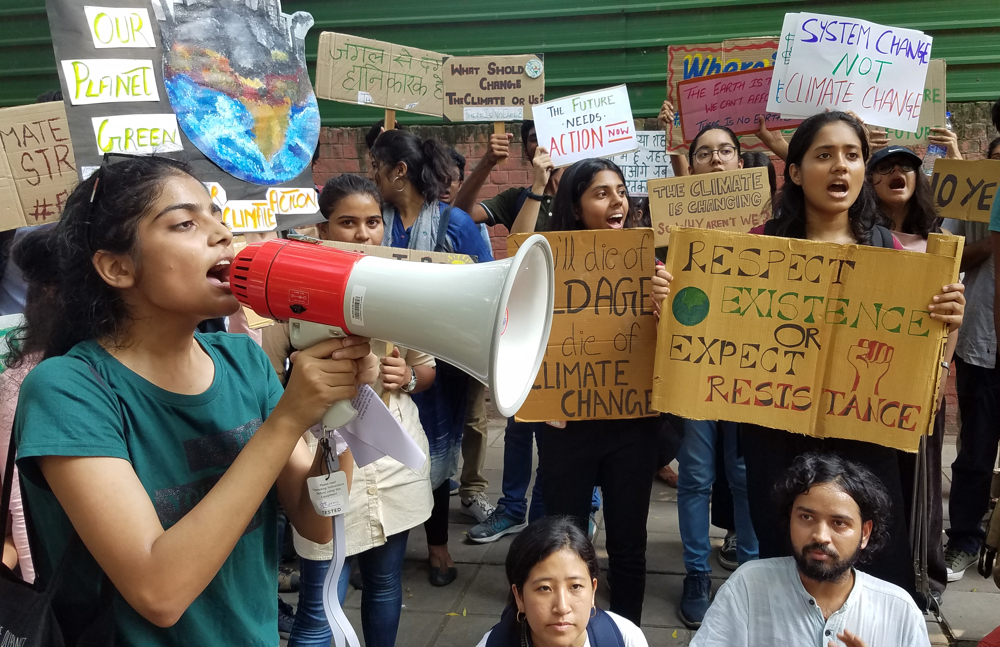 Figure 7: Protest in Delhi. Photo by Michael Buckley
Figure 7: Protest in Delhi. Photo by Michael Buckley
That inaction continues, as nations gather at conferences to quibble over how best to prevent the climate chaos from becoming worse. The Dalai Lama appeared at the UN climate conference COP25 in Madrid in 2019, at a side-event. Well, on the side of a van. This last quote appeared on the side of a van touring Madrid—an initiative from a Tibetan delegation sent from India to lobby at COP25, since the Tibetan plateau is missing from the climate-change conversation. The Dalai Lama was there in spirit.
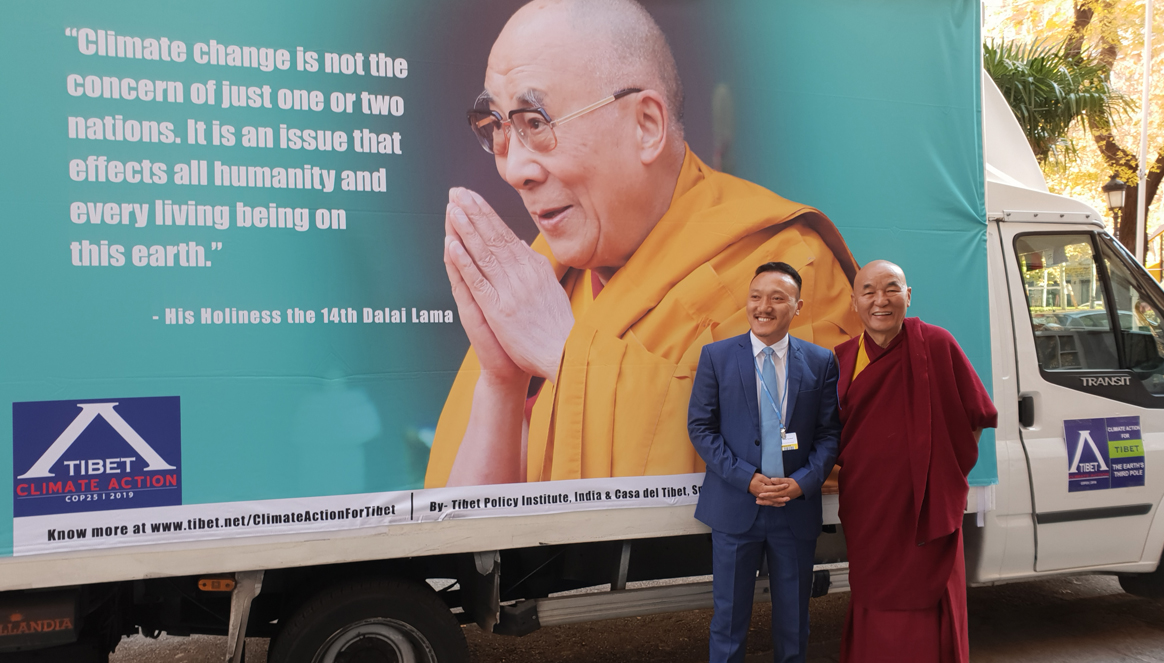 Figure 8: Madrid Tibetan Activist
Figure 8: Madrid Tibetan Activist
From the sidelines, HH Dalai Lama carries on his own campaigns. A much-cherished goal was realized with the 2019 launch of the SEE Learning Curriculum, an initiative for children to educate heart and mind. Developed over a decade of liaison with Emory University, the curriculum for elementary and middle school students has been translated into a dozen languages. SEE stands for ‘Social, Emotional and Ethical’ Learning. The curriculum derives inspiration from several of the Dalai Lama’s books, including Beyond Religion: Ethics for a Whole World.
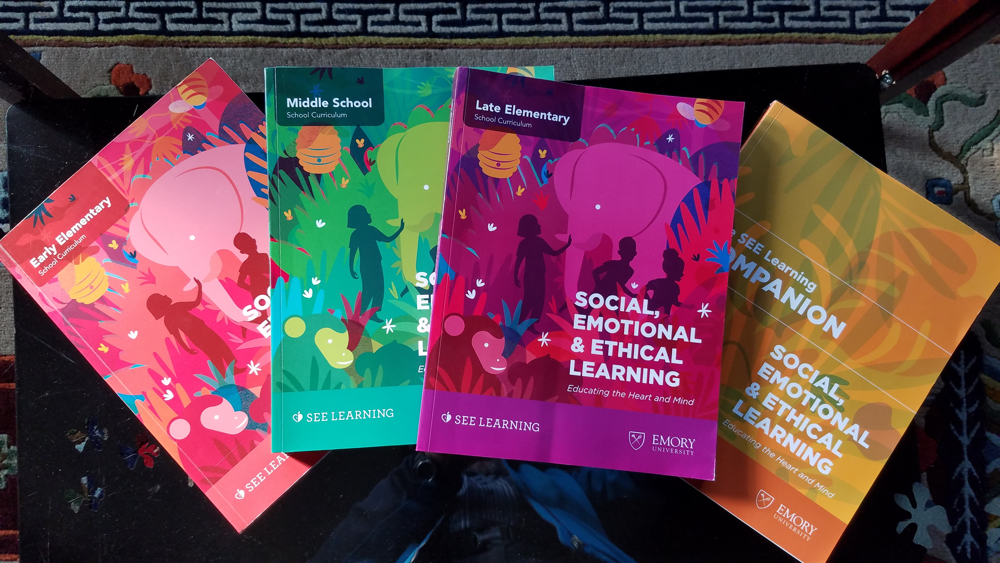 Figure 9: SEE Curriculum
Figure 9: SEE Curriculum
This is what the Dalai Lama envisages for lasting solutions. In terms of tackling Climate Chaos, what is desperately needed is a shift of consciousness to solve global issues–embracing compassion for Mother Earth, developing a strong moral compass, where everyone shares the responsibility.
Michael Buckley is editor of This Fragile Planet (Sumeru Books, 2021) and author of children’s book about Tibetan animals: The Snow Leopard’s New Friend: Eco-tales from Tibet (Sumeru Books, 2021).
Author websites: